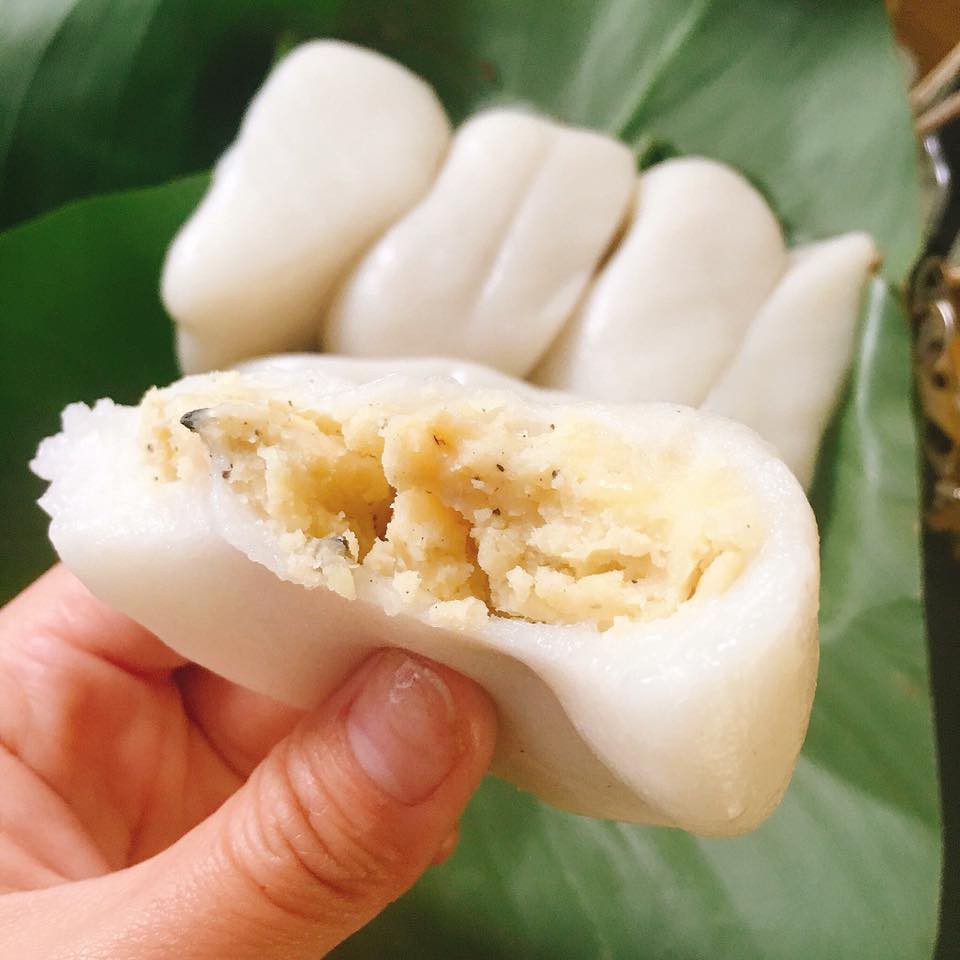“Day” cake is a traditional dish in Vietnam that is usually made on national holiday like King Hung Temple Festival. It’s popular as offerings to offer ancestor on ancestral altar in every Vietnamese family. In the concept of Vietnamese, this cake represents their respect and gratitude to their ancestor.

Legend has it that King Hung VI chose the next king by asking each of his princes to offer him a dish and he would give the throne to the son who could satisfy him. The 18th prince named Lang Lieu offered the King with “chung” cake and “day” cake. Lang Lieu explained to King Hung that “chung” cake has the shape of square and symbolizes the Earth; “day” cake has the shape of circle and represents the Sky. Both cakes are made from rice, which is the major agricultural product in Vietnam, with green bean paste inside. This arrangement refers to close relationship between parents and children. Impressed by those cakes, King Hung VI decided to declare Lang Lieu as the next King of Van Lang (the former Vietnam in 7th century BC). Since then, “chung” cake and “day” cake have become traditional dishes of Vietnam.

“Day” cake is made of sticky rice in a complicated process. First of all, sticky rice is dipped in water till expanded and then steamed. Steamed sticky rice will be pounded in a mortar until it turns into a soft glutinous paste. After that, Vietnamese mould that paste into cakes with the size of palm. A piece of banana leave is stuck on a cake in order to avoid the cake to be stuck on the other ones. Process of making “day” cake requires not only skillfulness but also strength.

There are two different versions of “day” cake: one has sweet green bean paste and coconut fibers inside, and another one is glutinous rice only and served with a piece of Vietnamese ham.

